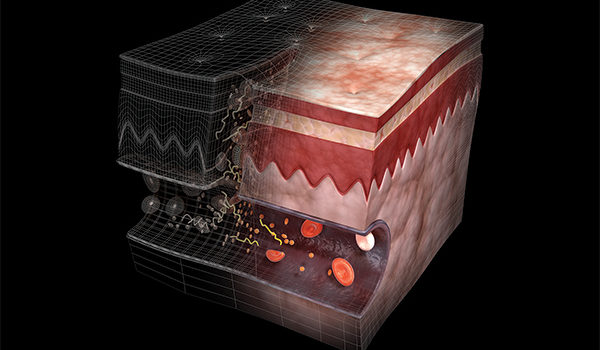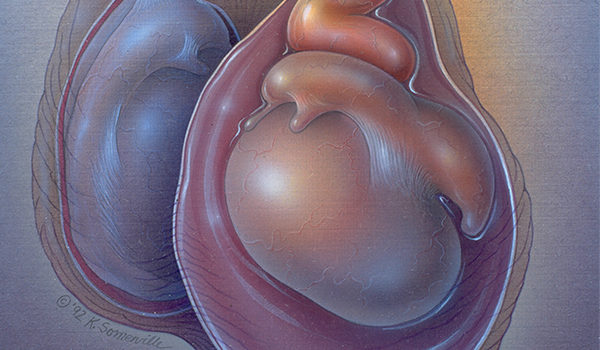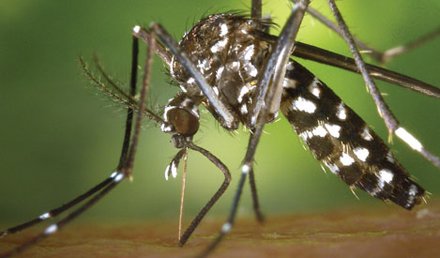Urgent message: Diagnosis of abdominal pain is more complex in women than in men because of the more complex anatomy involved. Using a stepwise approach and involving patients in their care can make a difference. Introduction Part 1 of this article [see “Abdominopelvic Pain, Part 1: Approach to Men in the Urgent Care Setting,” at https://www.jucm.com/abdominopelvic-pain-part-1- approach-men-urgent-care-setting/] explained that finding the cause of abdominopelvic pain can be a difficult task for any health-care provider because the diagnostic process is riddled with important decisions. …
Read More









